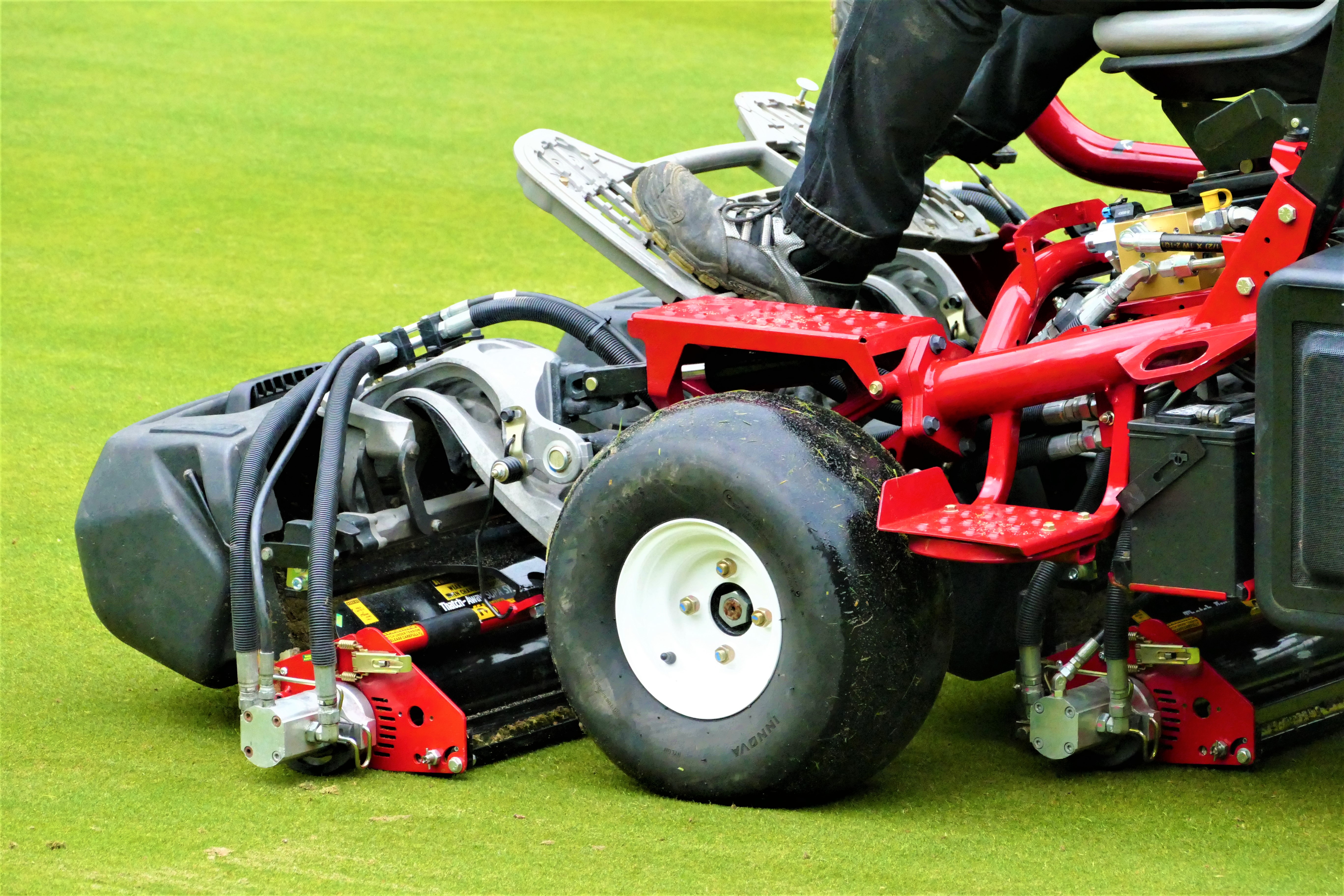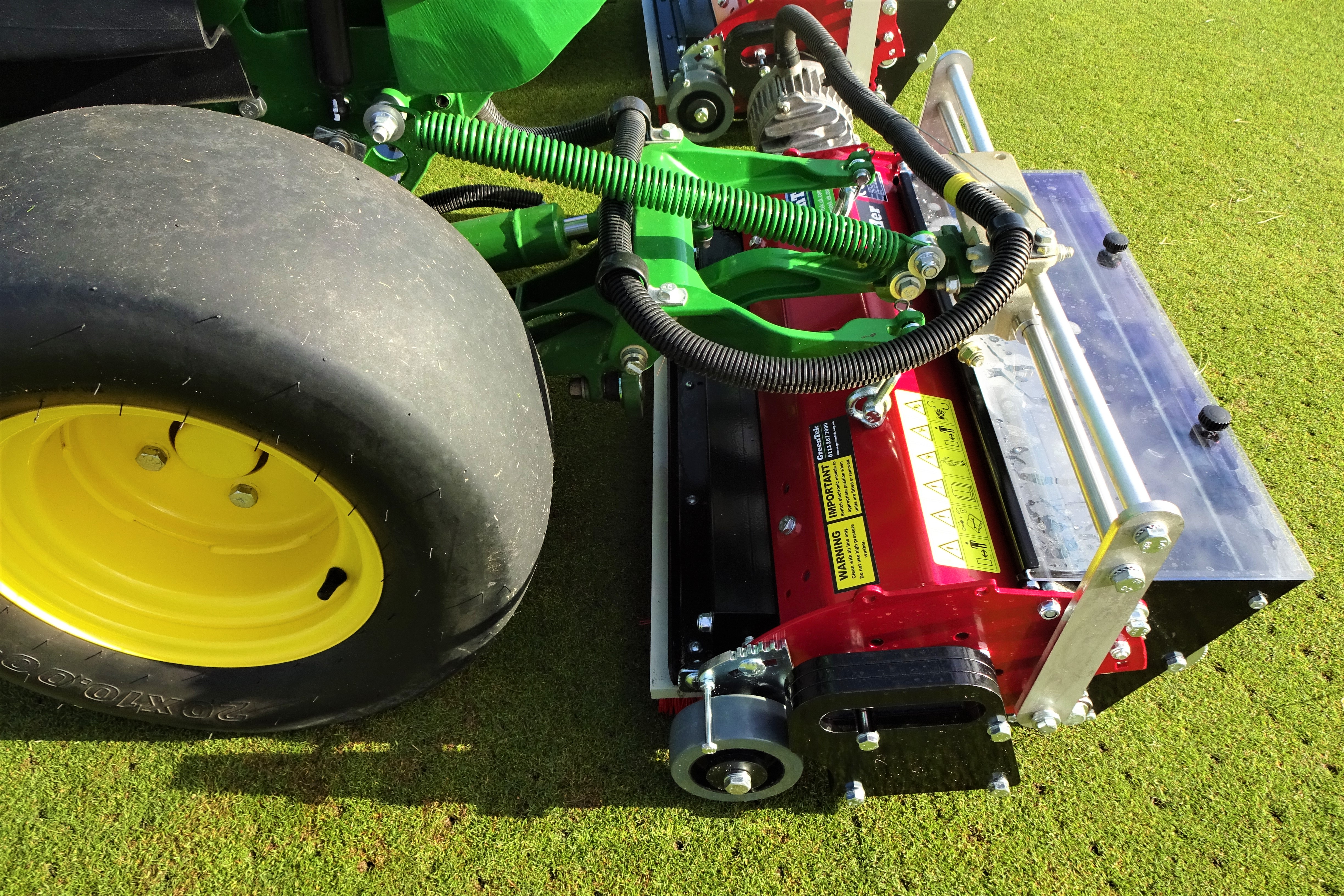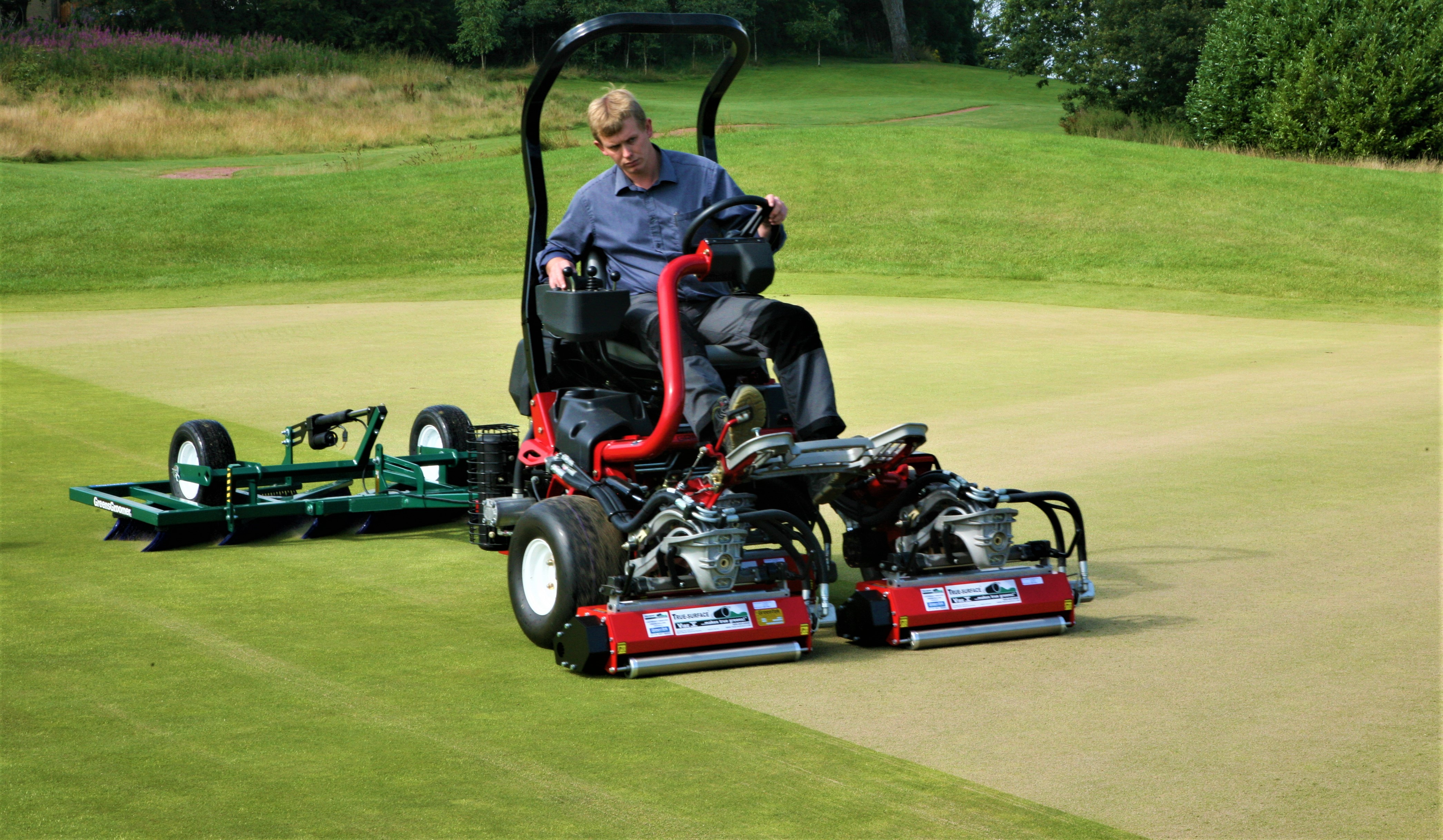Top Tips For Saving Cost When Overseeding Golf Greens
Published 14th April 2022 Tips
Fine turf grass seed prices are at an all-time high, having risen by approximately 30% between 2021 to 2022.
But does this mean that you should stop overseeding your greens?
No, not at all! Your regular overseeding program is vital for producing strong vigorous growth and to protect your desired species from the ever-intrusive poa annua.
The best way to offset the rising cost of grass seed is to optimise your overseeding method to achieve the best possible germination rate from the lowest sensible application dose. Here are some top tips that experienced greenkeepers have used for many years to achieve the best results.
- Communicate your plan
Make sure your members understand the timing of your overseeding program, and that you will use the latest methods which keep disruption of play to a minimum. Explain the substantial benefit to turf quality that will result.
- Minimise your thatch layer

Get your thatch under control. Overseeding into an inch of thatch is a waste of time and money! Most UK golf clubs have been using the highly effective Thatch-Away verticutters for the past 20 years, and deep thatch layers are not now the pervasive problem that they were in the 1990’s. However, if you do still have an excessive thatch layer this should be treated from above with a mixture of scarifying and hollow coring, and from below with biological methods that feed on the thatch and help to break it down. This process takes time, so it needs to be ongoing well in advance of your overseeding program. Also, ensure that there are no drainage issues.
- Select your seed
As a broad rule, parkland courses mainly overseed with bent, whereas links courses have traditionally overseeded with fescue, although we are increasingly seeing bent used on these as well. Your seed supplier should be able to help advise you on the best cultivars. Some greenkeepers advocate a seed mix containing a broad variety of cultivars with different characteristics to provide a wide range of stress tolerance within the turf.
- Prepare your turf
Prior to overseeding, limit irrigation and fertilisation. Soil temperature needs to be at least 9 – 12°C for fescue, although for bents 16 – 22°C is optimal. The traditional time for overseeding used to be in the Autumn, but many greenkeepers are now preferring to do it earlier in the season, any time between April to October that the conditions are right.
Correct temperature is one of the three essential requirements for seed to germinate. The other two are soil contact, and moisture.
- Sow your seed

Piercing the turf canopy to enable the seeds to make contact with the soil is essential. Providing the thatch layer is kept minimised, the preferred depth for sowing bent is at 2 – 5mm, and at 10 – 12mm for fescue.
In recent years, the Dyna-Seeders have become increasingly popular. These are a set of 3 seeder units which can be fitted onto a greens triplex mower instead of the cutting units. They have vibrating spikes which open up rows of neat holes into which the seed is precisely sown and then brushed in, enabling it to safely germinate within the little “plant pots”. Dyna-Seeders can be calibrated to sow bents at rates as low as 5g/m2, thus giving substantial savings on this expensive seed.
Fescue is a larger lighter weight seed than bent, and dose rates can be set as low as 3g/m2. When seeding fescue with the Dyna-Seeders the spikes are set for maximum penetration. Additionally, to further optimise germination of fescue you can do a pre-treatment of shallow hollow coring or solid tining to make additional larger “plant pots” of 10 – 15 mm diameter. Some greenkeepers prefer to do this as deep as 25mm in order to give fescue seedlings space to grow to this height before they are mown.
- Brush it in
Many greenkeepers will include a light topdressing in their overseeding program, working this into the surface with a drag brush or an Astroturf dragmat. Chain link dragmats are not generally favoured as they tend to drag the seed across the green rather than down the holes.
- Roll it

A light rolling, preferably with vibratory rollers is an excellent additional treatment to shake the seed and topdressing further into the surface, and to minimise what is lifted off next time you mow.
- Irrigate
The general practice is to irrigate lightly immediately after seeding and nightly until a week after the seedlings become evident, then relax this but taking care to ensure that the seedlings don’t dry out.
- Fertilize
After overseeding, many greenkeepers opt for an organic fertiliser containing mycorrhizae, to maintain turf health and vigour without any negative effect on playability from a flush of growth.

 English
English  US
US 


 Request a Hat/Cap
Request a Hat/Cap